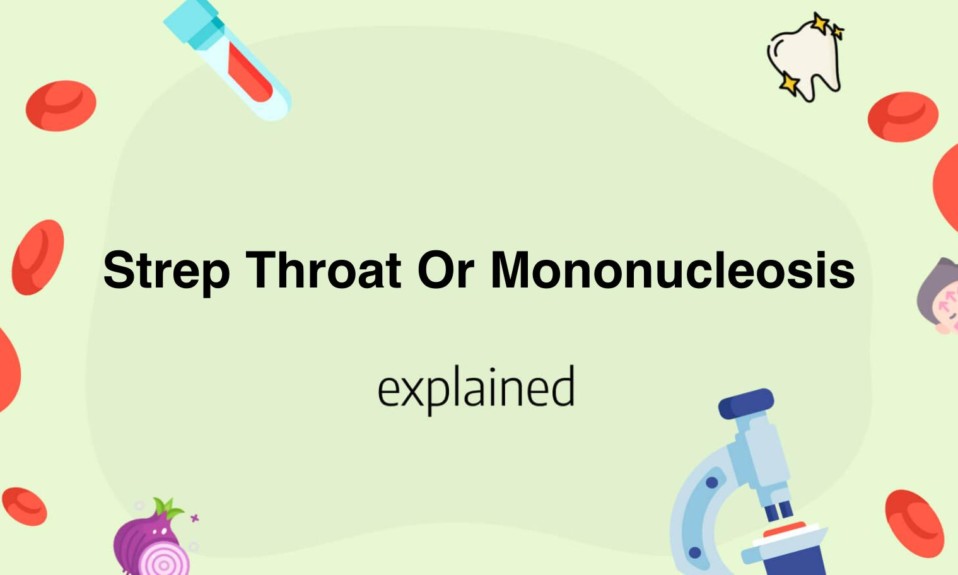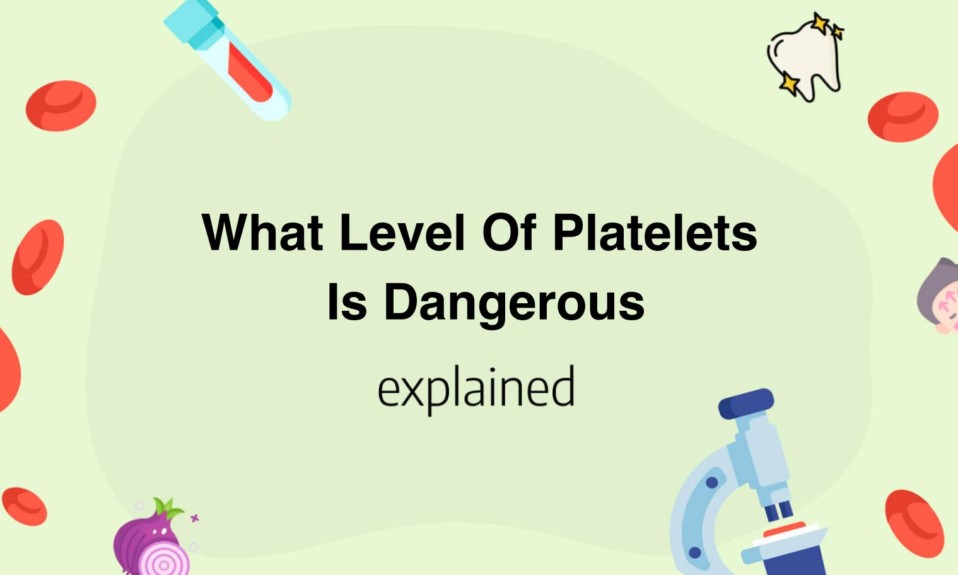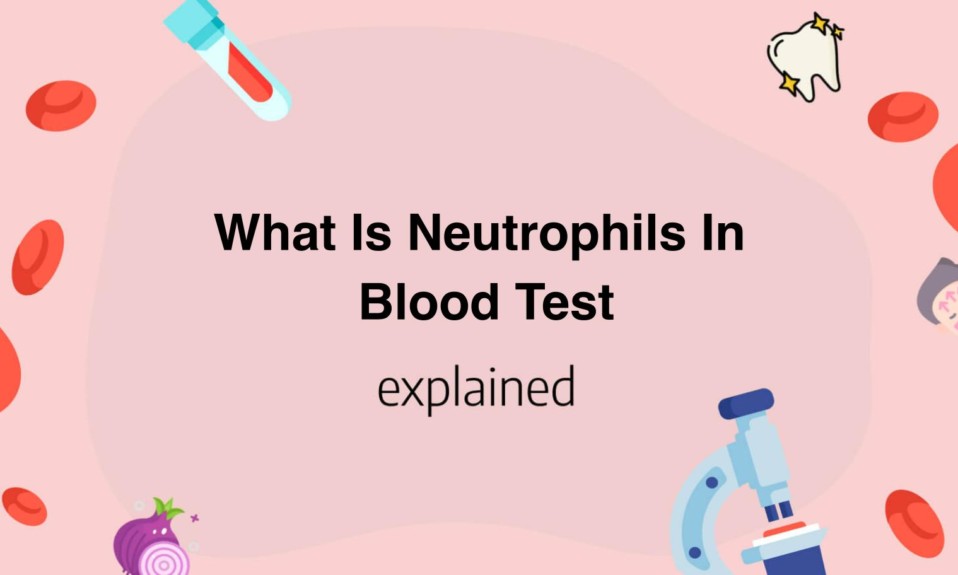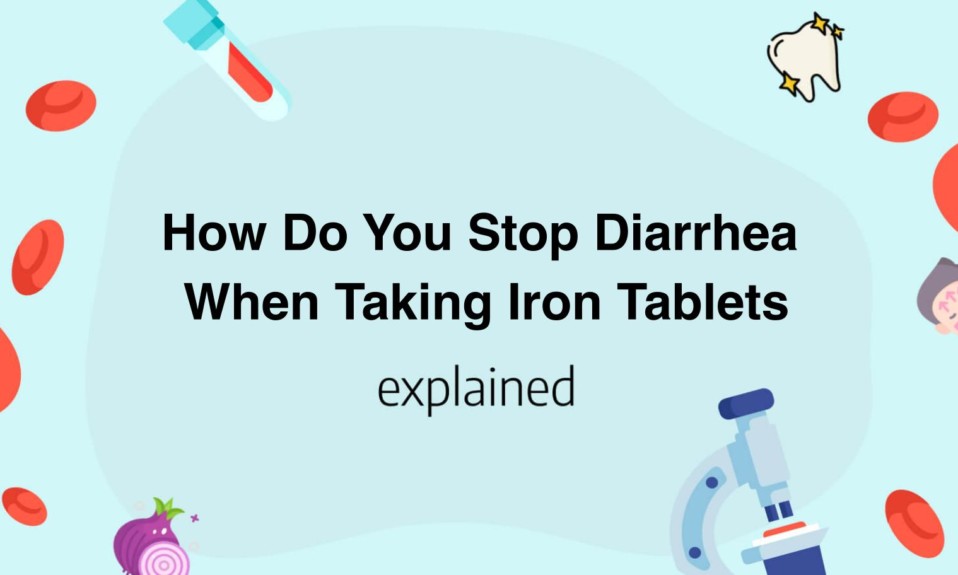Strep throat and mononucleosis are two common illnesses that can cause a range of symptoms, some of which may overlap.
Strep throat is a bacterial infection that affects the throat and tonsils, while mononucleosis is a viral infection that can cause fever, sore throat, and swollen glands.
Seeking proper diagnosis and treatment is essential for these conditions, as untreated strep throat can lead to serious complications and mononucleosis can cause long-term health issues.
In this article, we will explore the symptoms, causes, and treatments for these two illnesses.
- Strep throat is a bacterial infection that primarily affects the throat and tonsils.
- Symptoms include sore throat, difficulty swallowing, fever, and swollen lymph nodes.
- It is typically treated with antibiotics and resolves within a week.
- Mononucleosis is a viral infection that affects the lymphatic system and causes flu-like symptoms.
- It is commonly known as “mono” and is often spread through saliva.
Strep Throat vs. Mononucleosis: Symptoms and Differences
Strep throat and mononucleosis are two common illnesses that can affect anyone, especially during the colder months.
The symptoms can be similar, but there are some significant differences between the two that are important to know.
Strep throat is caused by a bacterial infection and often comes on suddenly with a sore throat, fever and swollen lymph nodes.
In contrast, mononucleosis is caused by a viral infection and symptoms often include fatigue, sore throat, fever, headache, and swollen lymph nodes.
One of the key differences between these two illnesses is the length of time it takes for symptoms to appear.
Strep throat symptoms usually appear within 2-5 days after exposure to the bacteria.
Mononucleosis, on the other hand, can take up to four to six weeks before symptoms appear.
Unlike strep throat which is contagious and spread through contact with fluids from the nose or mouth, mononucleosis is usually spread through saliva or close contact with an infected person.
Another distinguishing factor between these two illnesses is the age group they typically affect.
While strep throat can affect anyone of any age, it is more commonly found in children between the ages of 5 and 15 years old.
Mononucleosis, on the other hand, is most commonly found in teenagers and young adults between the ages of 15 and
- It’s important to get a correct diagnosis if you suspect you have strep throat or mononucleosis, as they require different treatments.Strep throat is usually treated with antibiotics while rest and over-the-counter pain relievers are recommended for mono.
Misdiagnosis can lead to unnecessary antibiotic use or incorrect treatments which can prolong the illness and potentially lead to complications.
In conclusion, although strep throat and mononucleosis can have similar symptoms, there are notable differences between the two that distinguish them.
Knowing the differences and getting an accurate diagnosis is essential to receiving the appropriate treatment and minimizing the effects of these illnesses.
Diagnosis and Treatment Options for Strep Throat and Mononucleosis
Strep throat and mononucleosis are two common infections that affect the throat.
While they share some similarities, there are distinct differences in their diagnosis and treatment options.
Diagnosis: Strep throat is caused by bacteria and can be diagnosed with a rapid strep test or a throat culture.
A rapid strep test can give results within a few minutes, but a negative result may require a throat culture to confirm the absence of strep.
Mononucleosis, on the other hand, is caused by the Epstein-Barr virus and is diagnosed with a blood test.
Symptoms: Both strep throat and mononucleosis can cause sore throat, fever, and fatigue.
Strep throat may also cause swollen tonsils and lymph nodes, while mononucleosis can cause a swollen spleen and liver.
However, mononucleosis often presents with additional symptoms such as a rash, muscle aches, and headache.
Treatment: Strep throat is treated with antibiotics, typically penicillin or amoxicillin.
It is important to complete the full course of antibiotics to prevent complications such as rheumatic fever.
Mononucleosis, on the other hand, is a viral infection and cannot be treated with antibiotics.
Rest, hydration, and over-the-counter pain relievers such as ibuprofen or acetaminophen can help manage symptoms.
In severe cases, hospitalization may be necessary.
It is important to accurately diagnose and differentiate between these two infections, as their treatments are vastly different.
Additionally, it is important to practice good hygiene to prevent the spread of strep throat and mononucleosis.
Examples include frequent hand washing, using hand sanitizer, and covering the mouth and nose when coughing or sneezing.
In summary, while strep throat and mononucleosis may present with similar symptoms, they have different causes and require different treatments.
Proper diagnosis and treatment, along with good hygiene practices, can help prevent complications and speed up recovery.
How to Prevent Strep Throat and Mononucleosis from Spreading
Strep throat and mononucleosis are easily spread through contact with an infected person’s saliva or mucus.
The good news is that there are several ways to prevent the spread of both illnesses.
- Wash your hands frequently with soap and water, especially after being in close contact with someone who has strep throat or mononucleosis.Hand-washing is one of the most effective ways to prevent the spread of germs.
- Avoid sharing personal items such as drinking glasses, utensils, or toothbrushes with someone who has strep throat or mononucleosis.These items can easily become contaminated with saliva and mucus, leading to the spread of the illness.
- Keep your living area clean and disinfected.Wipe down frequently touched surfaces like countertops, doorknobs, and light switches with a disinfecting spray or wipe to kill germs that may be present.
- Cover your mouth and nose with a tissue or your elbow when you cough or sneeze.This helps prevent the spread of germs onto other surfaces or people and reduces the risk of infection.
- Stay home from school or work if you are sick.By staying home, you can prevent the spread of illness to others and allow yourself time to rest and recover.
- Encourage others to follow these prevention tips and seek medical attention if they show symptoms of strep throat or mononucleosis.Early diagnosis and treatment can help reduce the severity of symptoms and prevent the spread of illness to others.
In conclusion, by following these simple preventive measures, you can greatly reduce your risk of contracting and spreading strep throat and mononucleosis.
Remember to make good hygiene practices a habit and educate those around you on the importance of preventing the spread of illness.
Stay healthy!
Differentiating Between Strep Throat and Mononucleosis in Children
Strep throat and mononucleosis are both illnesses caused by viral or bacterial infections that affect children.
Strep throat is caused by a bacterium called Streptococcus pyogenes, while mononucleosis is caused by the Epstein-Barr virus.
While both illnesses may have similar symptoms such as fever and sore throat, there are several differences between the two.
One way to differentiate between strep throat and mononucleosis is by examining the throat.
In the case of strep throat, the child’s throat may appear red and swollen, and there may be white patches or streaks of pus visible on the tonsils.
On the other hand, mononucleosis often causes the tonsils to become very swollen, which may lead to difficulty swallowing.
Additionally, the child’s throat may appear red but without the presence of white patches or pus.
Another way to differentiate between strep throat and mononucleosis is by examining the lymph nodes.
In the case of strep throat, lymph nodes in the neck may become swollen, but this is usually not as significant as it is with mononucleosis.
In fact, mononucleosis can cause significant swelling of the lymph nodes in several areas of the child’s body, not just in the neck.
One symptom that is more commonly associated with mononucleosis is fatigue.
While a child with strep throat may feel tired and have a decreased appetite, fatigue is much more common in those suffering from mononucleosis.
A child with mononucleosis may find it difficult to get out of bed or participate in normal activities due to persistent fatigue.
In conclusion, while strep throat and mononucleosis may have similar symptoms, there are several ways to differentiate between the two.
Examining the throat and lymph nodes and taking note of fatigue are all important ways to distinguish between the two illnesses.
If a child is experiencing any of these symptoms, it is important to seek advice from a healthcare professional to receive the appropriate diagnosis and treatment.
You’ll also like: How To Stop Diarrhea On Optavia
Strep Throat Or Mononucleosis
Strep throat and mononucleosis are two common conditions that affect the throat.
Both can lead to discomfort and pain, but they are caused by different things.
Strep throat is an infection caused by a bacteria called Streptococcus pyogenes.
On the other hand, mononucleosis is a viral infection caused by the Epstein-Barr virus.
Symptoms of strep throat include sore throat, difficulty swallowing, fever, chills, and swollen lymph nodes in the neck.
It is important to note that not everyone with strep throat experiences every symptom.
Symptoms of mononucleosis are often similar to those of strep throat, including a sore throat and swollen lymph nodes.
However, those with mono may also experience fatigue, fever, and a swollen spleen.
Treatment for strep throat typically involves antibiotics to help fight the bacterial infection.
Patients may also take over-the-counter pain relievers and rest to help alleviate symptoms.
In cases of mononucleosis, antibiotics are not effective since it is a viral infection.
Treatment often involves rest, staying hydrated, and taking over-the-counter medications to manage symptoms.
Prevention for both strep throat and mononucleosis involves good hygiene practices, such as washing hands regularly and avoiding close contact with those who are sick.
Additionally, those with a weakened immune system, such as young children, older adults, or those with chronic medical conditions, may benefit from receiving the appropriate vaccinations to help prevent illnesses.
In conclusion, while strep throat and mononucleosis may share some similar symptoms, they are caused by different things and require different treatments.
Those who suspect they may have one of these conditions should seek medical advice from a qualified healthcare provider.
Taking steps to prevent these illnesses, such as practicing good hygiene and receiving vaccinations, can help reduce the risk of infection.
You’ll also like: Why Does Stress Cause Diarrhea
Natural Remedies for Strep Throat and Mononucleosis Relief
Strep throat and Mononucleosis are two illnesses caused by virus or bacteria.
They both affect the throat and can cause serious discomfort and pain.
Although antibiotics are commonly prescribed to treat these illnesses, natural remedies can also be effective in relieving symptoms.
One of the most common natural remedies is gargling with salt water, which can help alleviate sore throat and swelling.
Another remedy is drinking warm liquids like tea or broth, which can soothe the throat and provide hydration.
Other remedies include:
- Adding honey and lemon to tea to help reduce inflammation and discomfort
- Using a humidifier to moisten the air and alleviate throat dryness
- Consuming foods that are high in Vitamin C, like oranges, strawberries, and kiwi fruit, which can help boost the immune system
While natural remedies can be beneficial, it is still important to see a doctor if symptoms persist or worsen.
In some cases, antibiotics may be necessary to fully treat the illness.
It is also important to rest and stay hydrated to aid in the body’s natural healing process.
You’ll also like:









